Temproidery—Temperatures with Embroidery
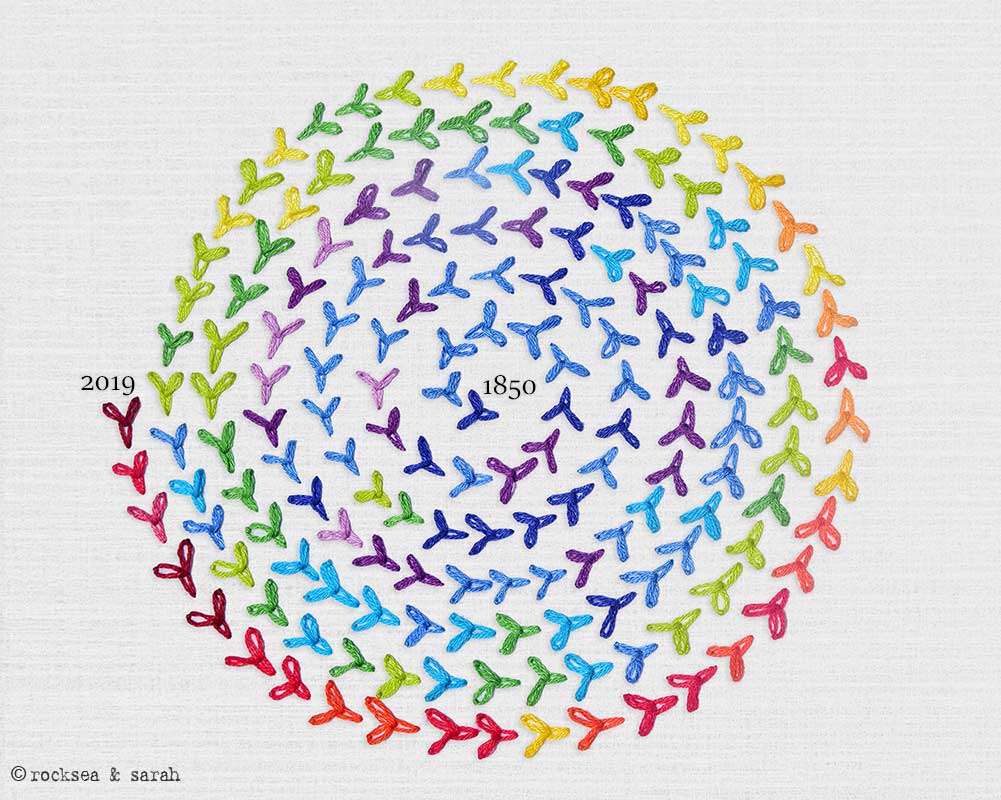 |
Our Earth has been heating up rapidly in the last 100 years, and nothing can explain it better than the anomaly chart. This embroidery shows how our Earth’s temperature is spiraling away from our hands. In this lesson, I will illustrate how to use the anomalies in temperature since 1850 (that is almost 170 years!) in embroidery. This data was obtained from NOAA (US National Oceanic and Atmospheric Administration).
 |
I have chosen 14 colors to represent each range of anomaly. Here is how I arranged them. You can make your own sensible color codes to use for stitching. An anomaly range of 1.4 Degrees Celsius was recorded till date—that is how much our Earth’s temperature has changed since 1850 (mean change is 0.9°C). So, I decided to assign a color for a difference of 0.1 Degree Celsius. Usually, the anomaly chart uses red and blue colors, but I thought I should include green and yellow as well, to give the entire pattern a vivid and bright feel.
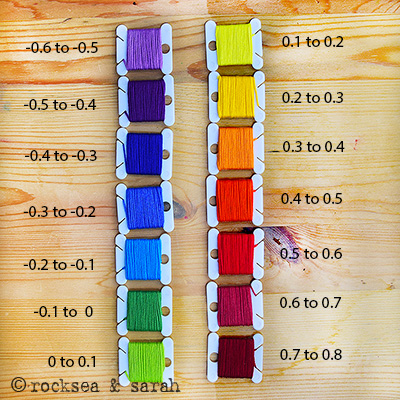 |
Then, I had to decide on a stitch to use. Each stitch would represent a year and will be stitched in the color that represents the range of anomaly for that particular year.
 |  |
| Fig 1: I figured that rather than making stripes for each color, I can make a spiral with Russian Chain Stitches to symbolize how the temperature is spiraling out of control. I draw the stitch line in a spiral shape. I also trace lines to place the Russian Chain Stitch just to make sure that I space it right. | Fig 2: I start stitching from the center starting with the color for 1850 working all the way around the spiral. The Industrial Revolution which had started almost 100 years ago in 1760 was accompanied by a massive growth in energy consumption and burning of fossil fuel. It was going to change the world forever. |
 |  |
| Fig 3: The burning of fossil fuel at these high proportions altered the composition of the atmosphere substantially. My pattern started with a dark blue at the center. The shades of blue keep on for more than a century, that is more than 100 Russian Chain Stitches. | Fig 4: The consumption of fossil fuels in carelessly huge amounts only propagated, accelerating the greenhouse effect, leading to a warmer climate. Slowly, I see the colors taking a warmer shift into shades of green and yellow. But it did not last as much as the blue shades. |
 |  |
| Fig 5: The warmer climate brought about extremes in weather conditions affecting all kinds of flora and fauna, leading many to die out, which many believe is the marking of the beginning of the 6th largest mass extinction. The reds started showing soon. | Fig 6: With the industries and machines by our sides, we ‘progressed’ into a digital revolution. Yet, we are still grappling to keep the climate under control – the main determinant of our very existence. My pattern ended in this dark red color for 2019. |
 |  |
| Fig 7: This picture shows how quickly we transitioned into a very warm climate, and our careless and indifferent activities only keep accelerating this anomaly. The shift is so quick that we don’t even have time to adapt or evolve! | Fig 8: Hoping for a healed earth. |
 Sarah has been researching and sharing hand embroidery lessons for over 17 years, making it accessible to everyone around the globe.
Sarah has been researching and sharing hand embroidery lessons for over 17 years, making it accessible to everyone around the globe.
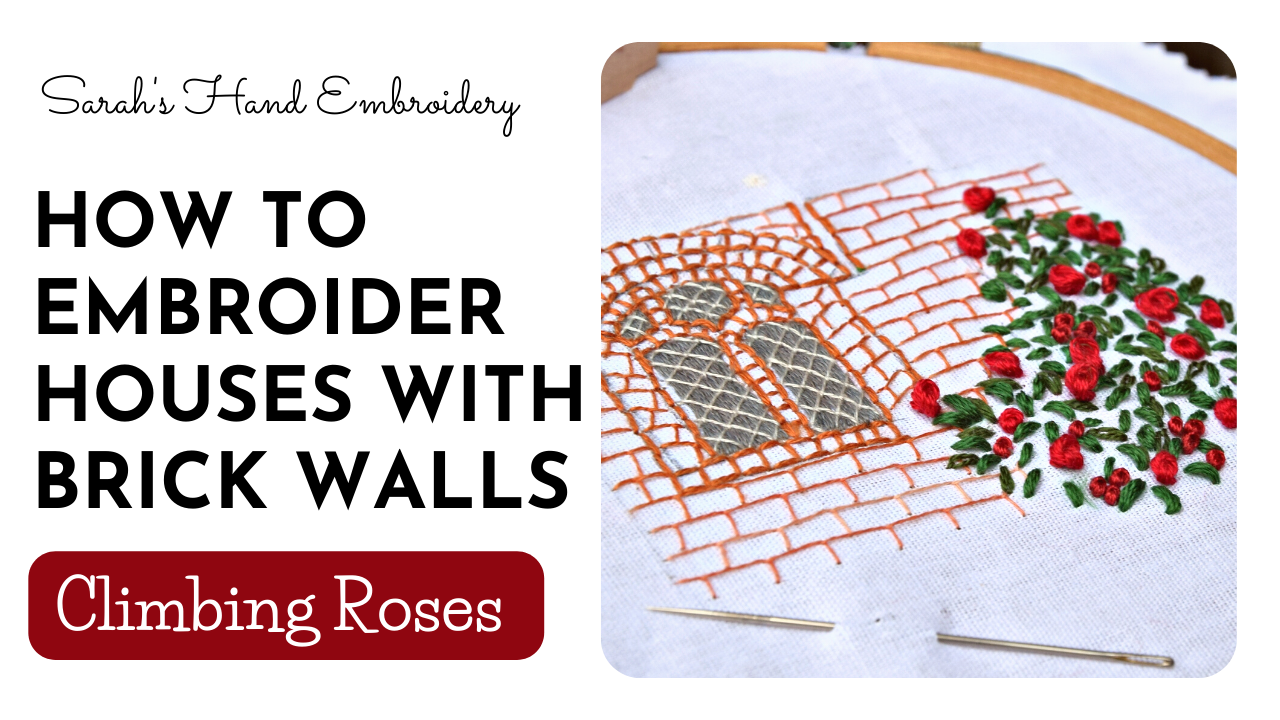
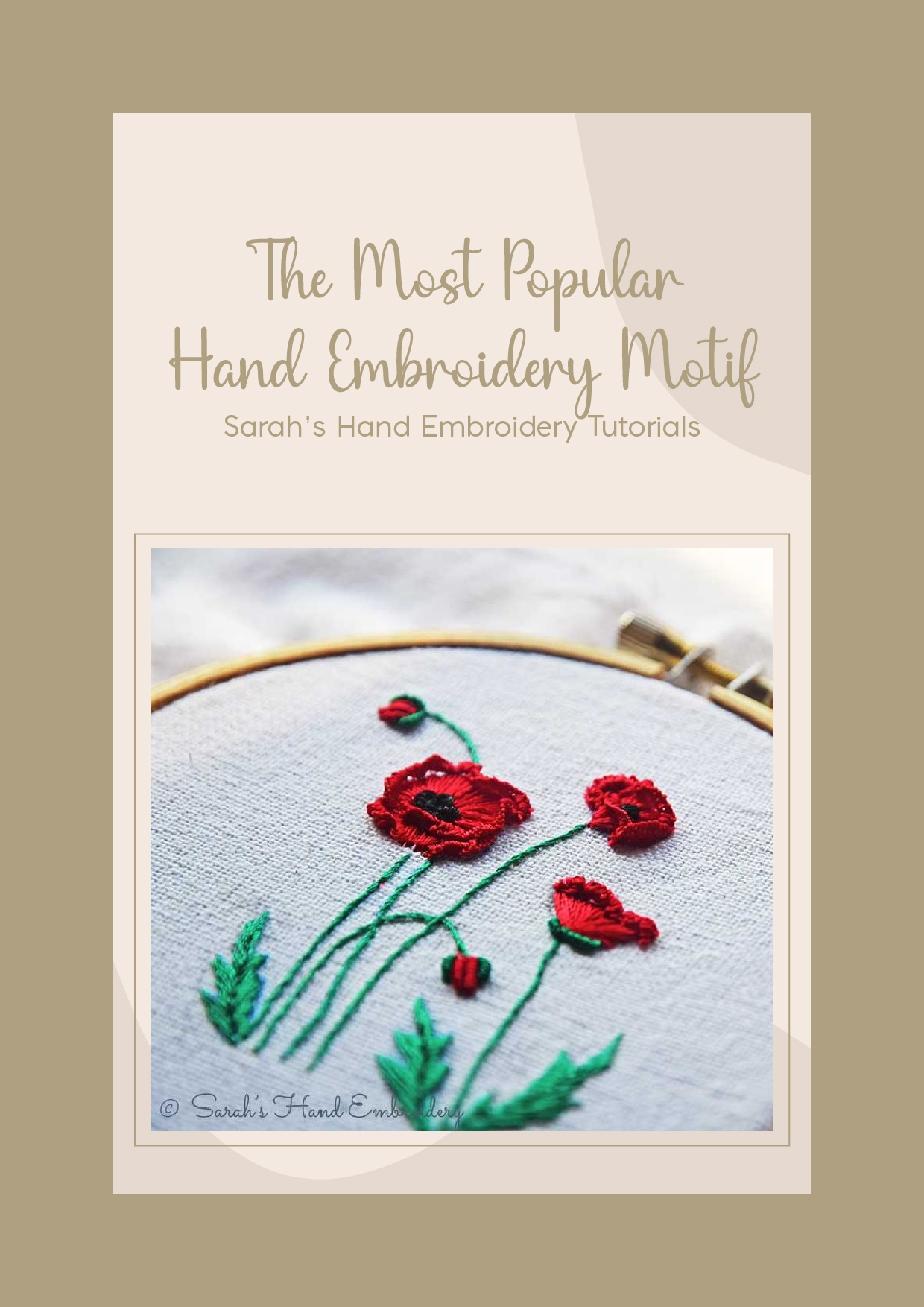
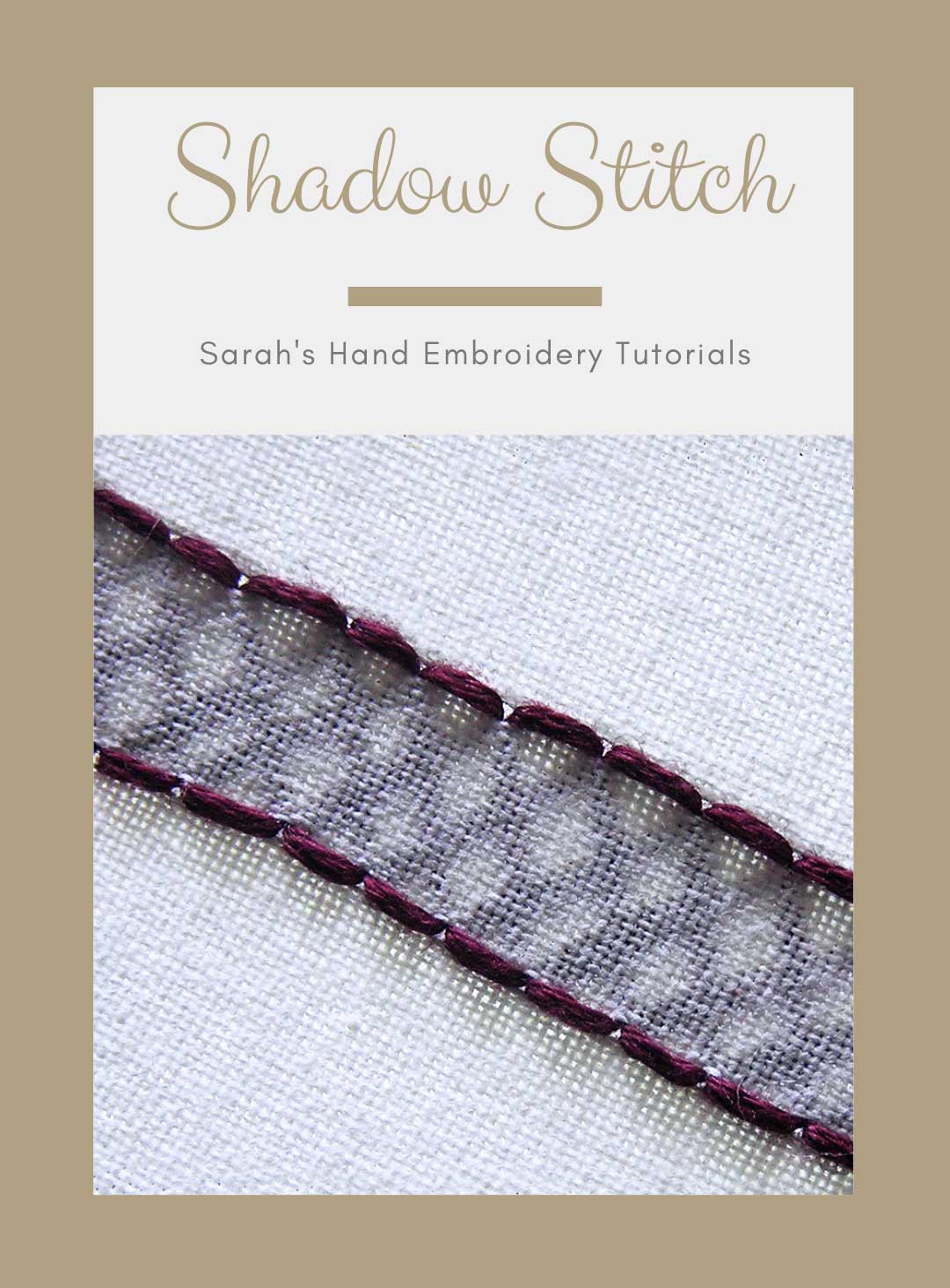


What DMC colors did you use?
Oh my goodness, this is exactly what I want to do, but with cross stitch! I’ve been looking at this data: http://www.ocean.iap.ac.cn/pages/dataService/dataService.html?navAnchor=dataService I was planning on using the Ocean Heat Content and make it an ocean temperature cross stitch. There’s new data coming out in a few weeks, but that site has data through part of 2021. I just need to design the cross stitch wave motif that I want to repeat. How cool! Love seeing your interpretation of this idea, too! Happy stitching!
Beautiful and important
Thank you, Astrid. 🙂
Hi, this is really beautiful! You might be interested to know that we’ve added a cross stitch version of our Tempestries. https://www.tempestryproject.com/product/tempestry-cross-stitch-kit/
That’s great! 🙂
Thank You Sarah,for what You do!!It is amazing:-)
Thank you, Zuzana! 😊
Amazing, Sarah. Would love to do one.
Thank you, Raji. Please do post your work here… I would love to see how it turns out.🙂
Love this idea! Might do one for the summer here – which used to be temperate and are now muggy and horrid…
Thank you, Dorothyanne. If you do the project, we would love to see how it looks like! It is a fun project to do. I am thinking of doing one for this year- a seasonal one- too. It will be fun to see the colors unfurl through the seasons!
Hello Sarah, my name is Sunday or you can call me TOBI. I am also an hand embroiderer, I love all your hand embroidery stitches and love us to work together.
Check my FB page to know more about me.
Thanks.
Hi Sunday. Nice to know you. 🙂